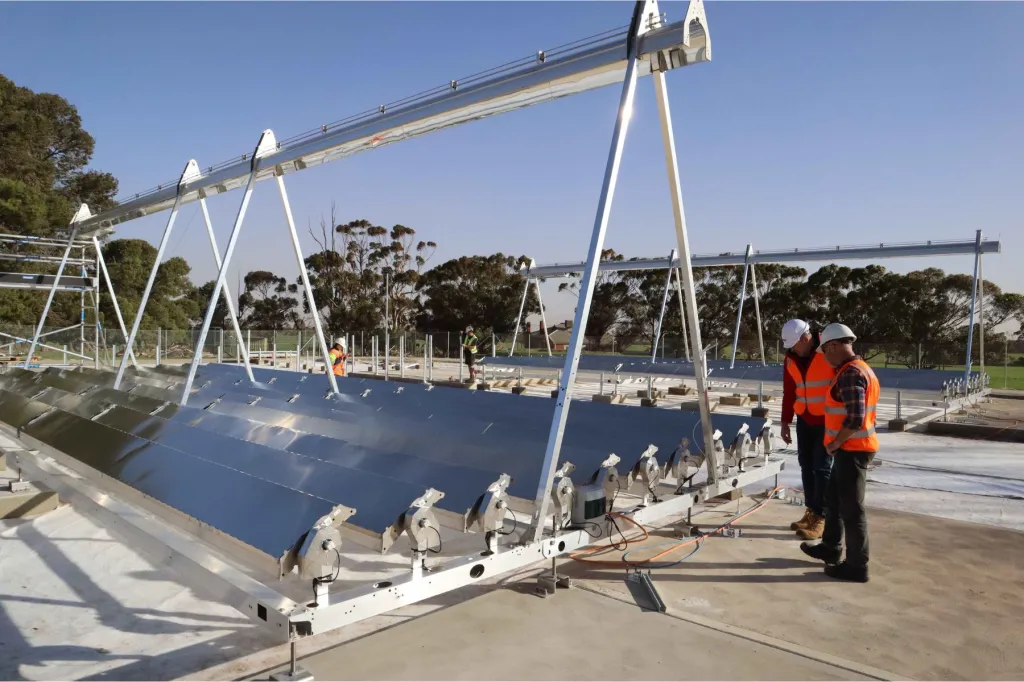Sparc Hydrogen's SHARP Pilot Reactor: Advancing Green Hydrogen Technology in Adelaide
Key Ideas
- Sparc Hydrogen commissioned the SHARP pilot reactor at the University of Adelaide's Roseworthy Campus, in a collaboration with Fortescue, to advance the production of green hydrogen using photocatalytic water splitting (PWC).
- The pilot aims to improve the economics of green hydrogen production and is seen as a significant step towards the commercialization of PWC technology, offering a low-cost and scalable alternative to traditional electrolysis.
- The initiative reflects a broader trend towards sustainable energy solutions, with investments like the $10 million Green Metals Innovation Network (GMIN) by HILT CRC and CSIRO aimed at accelerating the development of a domestic green metals industry in Australia.
- Despite setbacks in the green hydrogen sector, including project cancellations and cost considerations, the SHARP plant represents a pioneering effort to unlock the potential of green hydrogen production through innovative technology and collaborative research efforts.
Sparc Hydrogen has commissioned the Sparc Hydrogen Advanced Research Pilot (SHARP) at the University of Adelaide's Roseworthy Campus in partnership with Fortescue. The SHARP pilot reactor is focused on advancing the production of green hydrogen through photocatalytic water splitting (PWS), a process that utilizes solar energy to extract hydrogen from water without the traditional reliance on electrolysers powered by electricity. This initiative is a collaboration between Sparc Technologies, the University of Adelaide, and Fortescue to assess the capabilities of PWS reactor technology after years of university research.
The SHARP pilot aims to address the challenges in the commercialization of green hydrogen by improving the economics of production using PWS technology. Despite setbacks in the broader green hydrogen sector, the SHARP plant is moving forward and is set to become operational soon, showcasing innovation in the field of sustainable energy.
In parallel, the Heavy Industry Low-carbon Transition Cooperative Research Centre (HILT CRC) has announced the establishment of the Green Metals Innovation Network (GMIN) with CSIRO, supported by $10 million in Australian Government funding. This initiative seeks to accelerate the development of a domestic green metals industry in Australia, focusing on sectors like iron, steel, alumina, and aluminium.
The sentiment of the article towards hydrogen is positive, emphasizing the importance of innovative approaches like PWS technology and collaborative research efforts in driving the transition towards sustainable energy solutions. Despite challenges in the sector, the article highlights the potential for Australia to lead in green technology innovation and create a prosperous future through sustainable energy and mineral resources.
